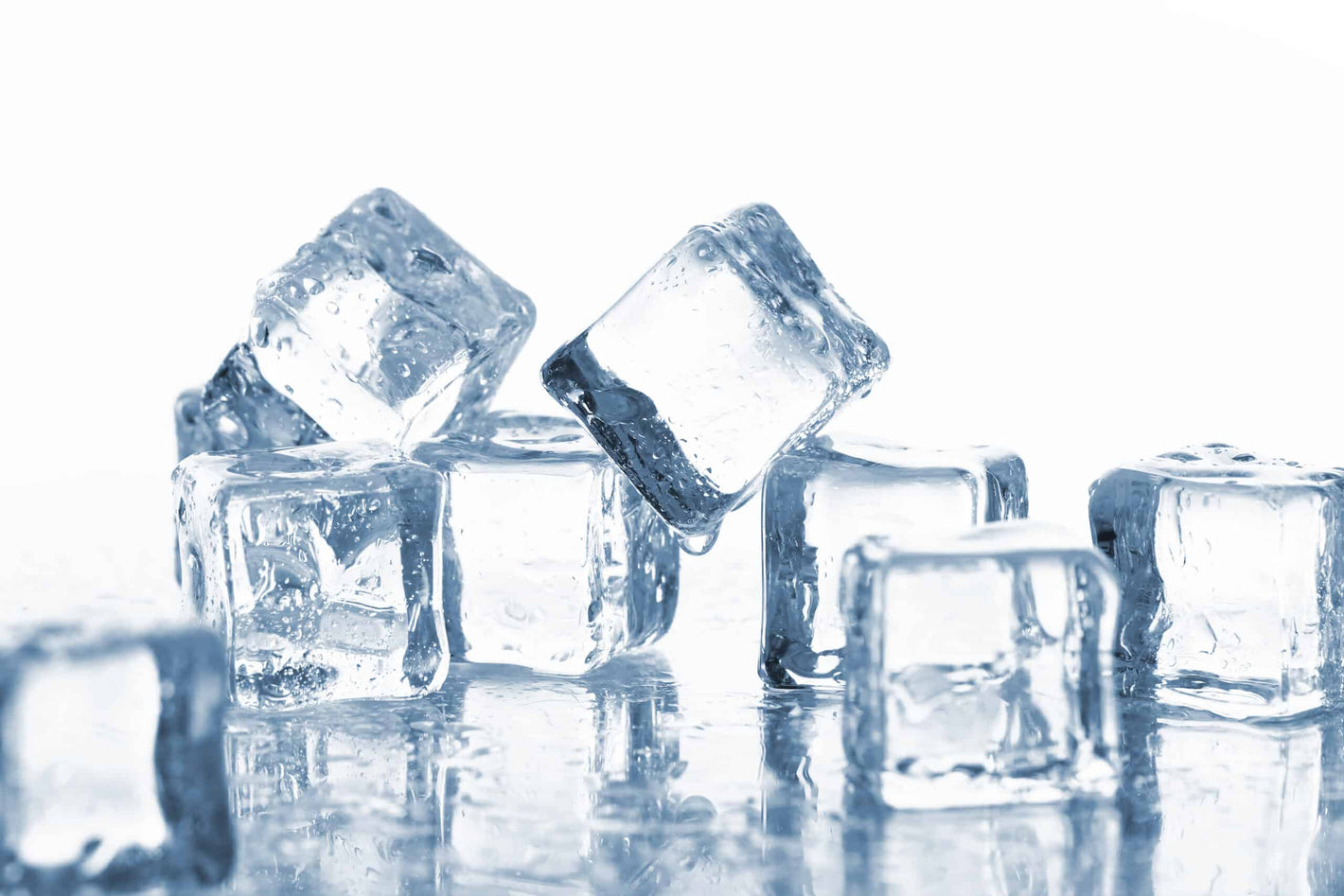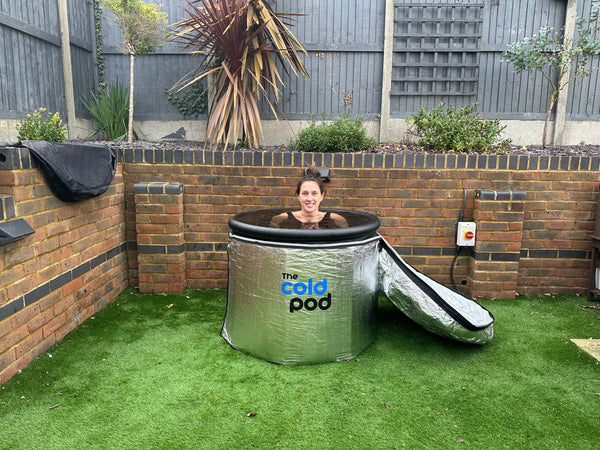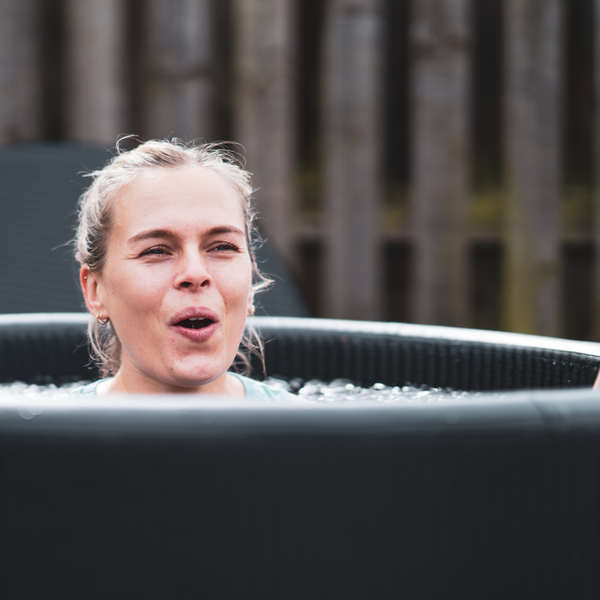Is bathing in ice water good for your health?
Taking a bath in ice water has been a common practice for a long time. It has been used for many purposes, from helping to relieve colds to healing muscle pain. However, you might wonder if it is actually good for your health. This article will discuss some of the benefits and downsides of taking a bath in ice.
Reduce swelling
If you’re looking for a way to reduce swelling after your workout, an ice bath may be just the answer. The cold water will constrict your blood vessels, which will decrease the amount of blood that reaches your muscles and help you recover from your workout.
Using ice baths after intense training is recommended by many athletes. It will help you relax, improve your mood, and alleviate any muscle pain you may have. In addition, it may help you avoid heat exhaustion and prevent heat stroke. However, you need to be careful. You should consult your physician before taking an ice bath, particularly if you have pre-existing medical conditions.
Ice baths are also helpful in reducing inflammation, which can lead to a wide range of health problems. This type of therapy can be done at home, or you can buy a commercial ice bath.
Cold water can be effective in treating sore muscles, and if you’re suffering from arthritis, it can be a lifesaver. Before taking an ice bath, however, you’ll need to be sure that your body is able to sustain breathing through the discomfort.
The best ice bath temperature is between 50 and 59 degrees Fahrenheit. While a warm bath might be relaxing, the temperature of the water will likely cause you to feel hypothermia within 15 minutes. That’s why it’s best to start with shorter periods of time.
Bathing in ice speeds up muscle recovery
In sports and medicine, ice baths are commonly used to speed up recovery after an athletic event. They can also be used to ease muscle pain and swelling. Ice baths can help people who have arthritis or fibromyalgia. However, they have some negative side effects, as well.
Studies suggest that ice baths can increase blood flow to the muscles, as well as lowering inflammation. This can boost the recovery of acute injuries and accelerate the growth of muscle fibres.
Muscle soreness can be a result of lactic acid buildup. Lactic acid can be naturally eliminated over 24 to 72 hours. But muscle soreness can be a result of intense exercise, which causes micro trauma in the muscles. The micro trauma stimulates the activity of muscle cells.
The effects of ice baths can be felt within minutes, but they are not as powerful as some researchers think. For this reason, they recommend that people take them no more than two hours after exercising.
There is also some concern that taking an ice bath could interfere with training adaptations. This is important for athletes who want to grow their muscles.
Another study showed that cold water immersion reduced muscle mass. The researchers don’t know why.
Cryotherapy chambers aren’t suitable for children or individuals with cardiovascular conditions. Moreover, the ice may cause harm to the skin. Ultimately, more research is needed on ice baths for chronic pain.
Ease aches and pains with the cold pod!
An ice bath is an effective way to ease the pain of a sore achy back. It can be as simple as filling a tub with a few bags of ice. Or, you can use a larger tub and pour three large trays of ice into it.
A good ice bath is a soothing and calming experience. For this reason, many physical therapists recommend a quick dip after a rigorous workout. The cold temperatures numb the sore muscles and prevent future recurrences.
While you are in the tub, you might as well indulge in a little light compression. This can aid in blood circulation and flush out toxins from your system.
If you’re considering bathing in ice, make sure you don’t forget to take care of your heart as well. Studies have found that cold-water plunges can pose a risk to people with certain conditions. And it’s best to consult with your doctor before you get your heart rate up.
A study from the American College of Sports Medicine suggests that the use of an ice bath is not the miracle cure. The study did find some evidence that a cold water immersion may be as effective as a conventional recovery procedure. However, the jury is still out on whether or not it’s the best way to relieve your pain.
In the end, it’s best to find out which method is the best for you. There is no single best way to recover from an intense workout, so finding the right combination of methods will likely take some trial and error.

Snap your brain into focus
Is bathing in ice water good for you? The coldest of the cold has been proven to reduce inflammation and relieve joint pain. For some, a relaxing bath may be a welcome respite from the slings and spanners of everyday life. A little pampering goes a long way, and the good news is that your health insurance company will likely pick up the tab. Whether you are looking for a relaxing evening or a jolt of oomph, a dip in the tub can go a long way towards making you feel better and sexier. Besides, you will look cooler when you are done!
As you might have guessed, bathing in ice is not for the faint of heart. It is also a good idea to have a list of dos and don’ts at hand, including the etiquette of the water. Nevertheless, do your best to have fun and make the most of it.
Reduce blood vessel constriction
Bathing in ice may reduce blood vessel constriction by decreasing inflammation. This can help you to recover faster after exercising. It can also help you to reduce swelling and pain.
Ice can be a very painful experience for some people, though. If you have never tried an ice bath before, you might want to talk to a medical professional before doing it. You’ll also want to make sure that you stay within the recommended time limit. Otherwise, you could face hypothermia, a condition in which your body temperature becomes too low.
In addition to swelling, a cold bath can decrease fatigue. Using an ice bath will also improve circulation, helping to move fluids and nutrients throughout your body.
The quickest way to decrease inflammation is by using an ice bath. To get the most benefit from an ice bath, you’ll need to stay in it for at least 10 minutes. After that, you can take a break. Once you’re out of the water, you can warm up by putting on clothes and drinking a warm beverage.
You should also stay away from icy baths if you have high blood pressure or a preexisting cardiovascular disease. These conditions put you at a greater risk for heart problems.
Bathing in ice can also be a good way to reduce delayed muscle soreness. This is because the constricting effects of ice decrease blood flow. Having poor circulation can increase the pain and inflammation in your muscles.
Avoid hypothermia
Bathing in ice can be an effective way to treat sore muscles. However, they can also be dangerous for some people. They can cause frostbite and hypothermia. Here are a few things you should know before taking an ice bath.
If you have diabetes or high blood pressure, you should consult your doctor before bathing in ice or taking an ice bath. They can also advise you on the best way to prepare.
Taking an ice bath can be safe, but you may want to limit it to 10 to 15 minutes. You should make sure to take a cold shower before you plunge into the water. Also, you should wear warm clothes and a winter hat to keep yourself warm.
Getting out of the ice bath slowly is also important. Have someone else nearby to call if you have trouble getting up.
If you have children, be extra careful. Children are vulnerable to hypothermia. The first sign is loss of coordination and strength. After a while, they will begin to shiver and lose consciousness. When this happens, they will become quiet and still.
The fastest way to avoid hypothermia is to keep your body temperature below 64 degrees. This is the temperature that your heart can sustain. In order to keep your body in this range, you should wear long sleeves and pants.
It is also important to keep your skin dry and your hands warm. Wear winter gloves, a winter hat and layers of warm clothing.







